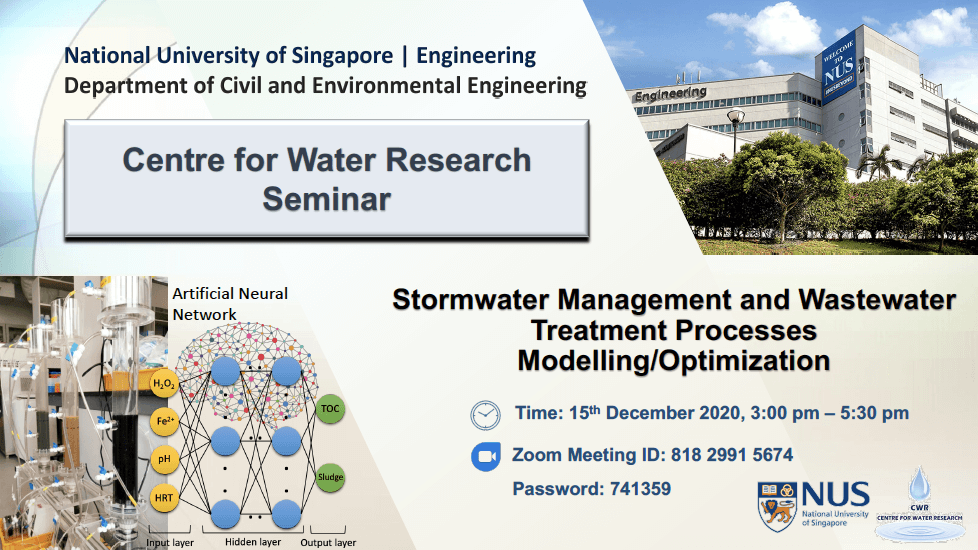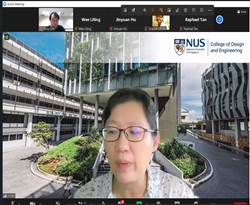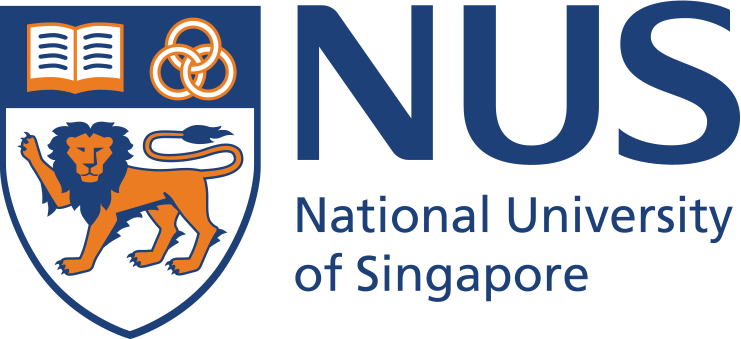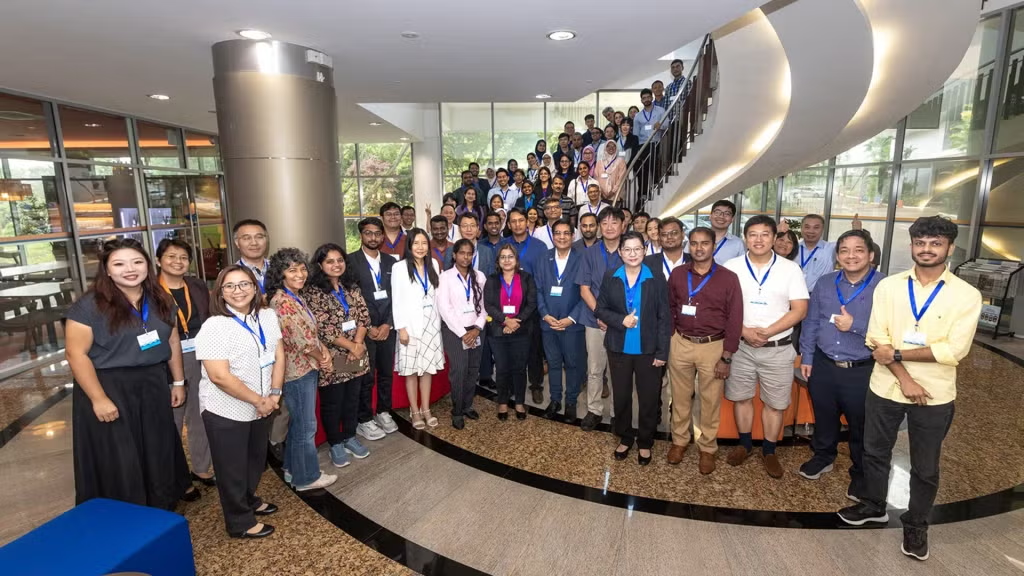The Centre for Water Research (CWR) Seminar themed “Ozone- and UV-based technologies for the removal of emerging contaminants and bacteria from water” was held on 5th of January, 2022. About 30 participants attended this virtual seminar. The participants include students, staff, researchers from local academic institutions and industrial companies. The opening session was addressed by Prof Hu Jiangyong, Director of Centre for Water Research. The seminar was chaired by Dr Tony Lim, Senior Research Fellow at CWR.

The first speaker was Hu Jinyuan. Jinyuan presented her research work on ozonation facilitated aging of polyethylene microplastics from water: behavior, mechanism and pathways. Her main findings include ozonation of microplastics could induce fragmentation. She also concluded that chain scissions and degradation into alcohols and carbonyls occur to microplastics during ozonation.
Li Rui made a presentation about on catalytic ozonation of ibuprofen using Ti-modified perovskite: influence of operational parameters and reactive oxygen species. Based on Li Rui’s research, in catalytic ozonation, Ti-modified catalyst achieved ibuprofen removal of 100 % at 60 minutes and 84.4 % mineralization at 90 minutes. He also explained that catalyst dosage, ozone dosage and pH positively impacted ibuprofen degradation. In addition, hydroxyl radicals, super oxide radicals and singlet oxygen were identified as three dominant reactive species contributing to ibuprofen degradation via quenching experiments.
The third presentation was delivered by Shayok Ghosh. The title of his presentation was “Investigation of wavelength based inactivation of E. coli hosting a plasmid encoding ampicillin resistance genes”. Non-linear model proposed by his study could precisely describe inactivation profile compared to traditional log-linear model. He also found that UV wavelength of 265 and 275 nm exhibited similar bacterial sensitivity response for the target ARB. In addition, 265 nm followed Bunsen-Roscoe’s reciprocity laws but other wavelength showed better removal at higher fluence rate. Shayok concluded that UV 265 nm was more efficient than UV285 to inactivate ARGs.

Li Teng presented on her greywater research work. Combination of coagulation, flocculation and settling process achieved a turbidity and TOC removal efficiencies of 79.8 % and 23.2 % respectively when alum dose was 10 mg/L and settling time was 20 minutes. She found that the optimal fluence for UV/chlorine process was 600 mJ/cm2 and a chlorine dos of 6 mg/L. In addition, UV/chlorine process achieved TOC and BOD removal of 25.4 % and 82.3 %, respectively. 3-log removal of total coliform was observed while E. coli was undetectable. She concluded that the overall treatment process achieved 95.5 % turbidity removal, 96.4 % BOD removal and 99.98 % inactivation of total coliform and E. coli was undetectable in the final effluent.
Interactive Q and A session was held between the presenters and participants. Concluding remarks was delivered by Prof Hu. She thanked all for their effective participation in the seminar. Prof Hu also welcomed further comments and collaboration from industry partners.






